If you're curious about the stories behind the constellations in the Northern Hemisphere or how to spot them, this guide is for you. We’ll walk you through the 35 constellations of the Northern Hemisphere, offering fascinating insights into these celestial wonders.
Jump to:
What Are Constellations?
Constellations are groups of stars that form recognisable patterns in the night sky. These patterns often resemble animals, mythological figures, or objects. Ancient cultures used constellations for navigation and to mark the passage of time. Today, they continue to captivate our imagination and help us find our way around the night sky.
Recommended for you!
Best SellersWhy Look at the Northern Hemisphere?
The Northern Hemisphere offers a unique view of the sky, different from what you'd see in the Southern Hemisphere. The constellations here are rich in history and mythology, with many being recognised and named by ancient civilisations. If you're in the UK or any other part of the Northern Hemisphere, you can see these constellations at different times of the year.
The 35 Northern Constellations
Exploring the night sky is an enchanting experience, and knowing the constellations makes it even more magical. Here are the 35 constellations that are visible in the Northern Hemisphere, including their unique characteristics and the stories behind them.
1. Ursa Major (The Great Bear)
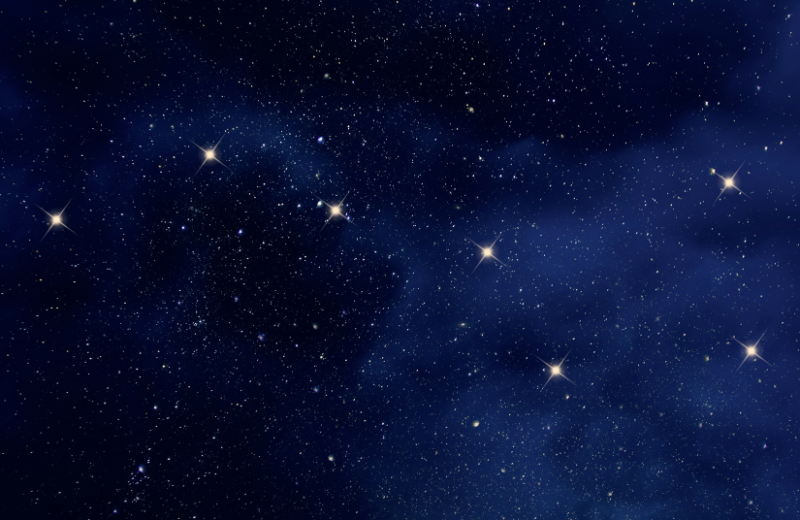
One of the most famous constellations, Ursa Major is home to the Big Dipper, a prominent asterism that many people recognise. The Big Dipper is composed of seven bright stars and is easily visible in the UK, serving as a guide to finding other constellations. Ancient cultures often used Ursa Major for navigation, especially since the two stars at the end of the Big Dipper’s bowl point directly to Polaris, the North Star.
Best Time to View: Ursa Major is visible year-round in the Northern Hemisphere, but it is best seen in the spring.
2. Ursa Minor (The Little Bear)
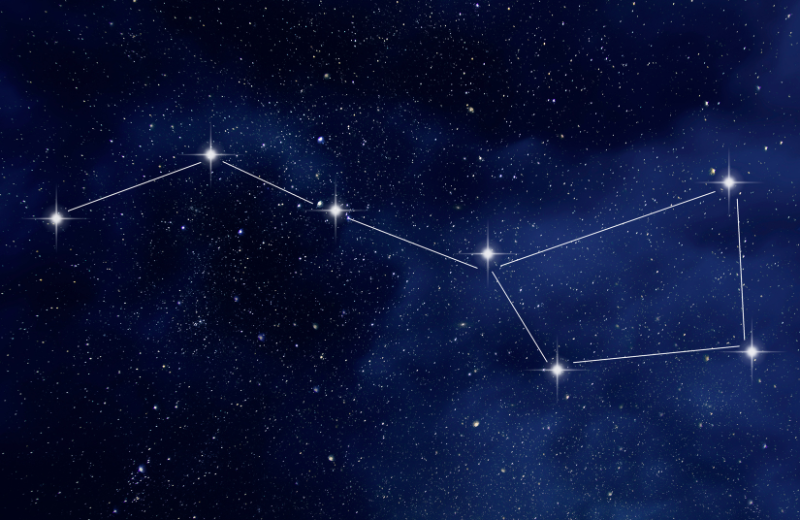
Ursa Minor contains the Little Dipper, which includes Polaris, the North Star. In the UK, the Little Dipper is called "The Little Plough." This constellation is helpful for navigation as Polaris, located at the end of the Little Dipper’s handle, remains almost stationary in the sky, marking the north celestial pole.
Best Time to View: Ursa Minor is visible year-round in the Northern Hemisphere.
3. Cassiopeia
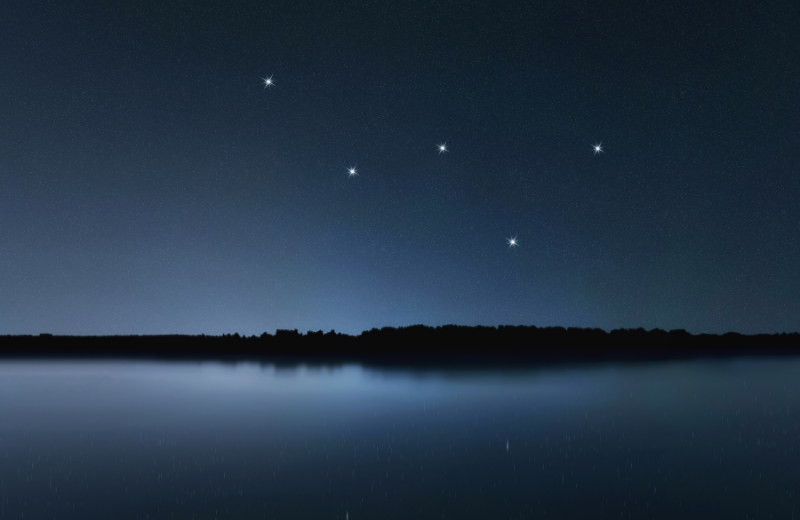
Shaped like a W or M, depending on its position, Cassiopeia is easy to spot. It represents the vain queen from Greek mythology, who boasted about her unrivalled beauty. Cassiopeia’s distinctive shape makes it a useful reference point in the northern sky, especially in autumn and winter.
Best Time to View: Cassiopeia is visible year-round, but it is best seen in the autumn and winter.
4. Cepheus
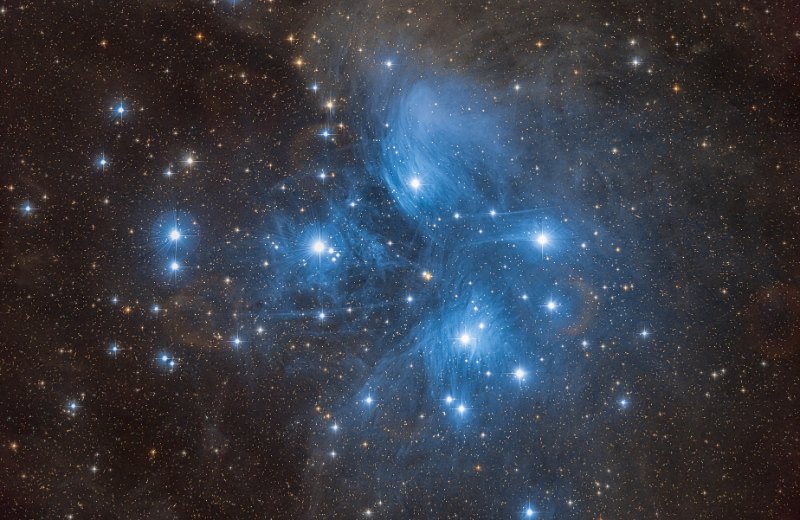
Named after King Cepheus, this constellation is less prominent but still interesting. It resembles a house with a pointed roof and lies near Cassiopeia. Cepheus includes several notable deep-sky objects, such as the Garnet Star, a red supergiant.
Best Time to View: Cepheus is visible year-round in the Northern Hemisphere.
5. Draco (The Dragon)
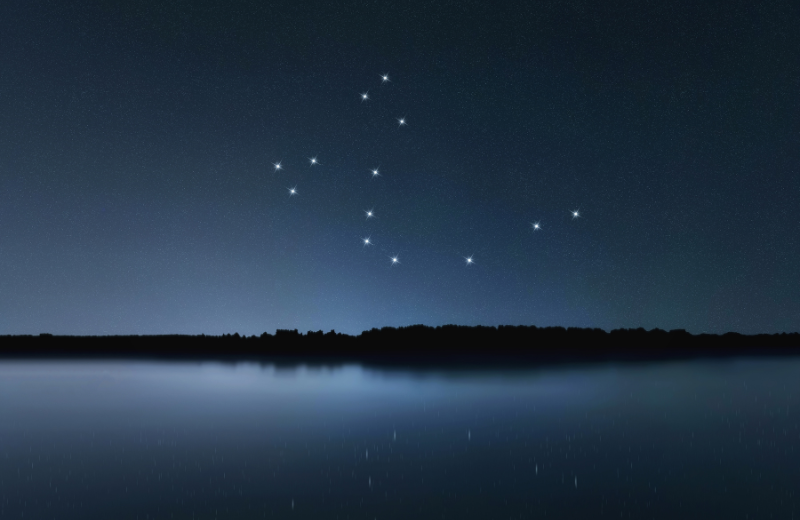
Draco winds around the Little Dipper, its long body and dragon-like shape making it quite distinctive. Draco is one of the largest constellations in the northern sky and includes Thuban, which was the North Star around 3000 BCE.
Best Time to View: Draco is visible year-round in the Northern Hemisphere.
6. Andromeda
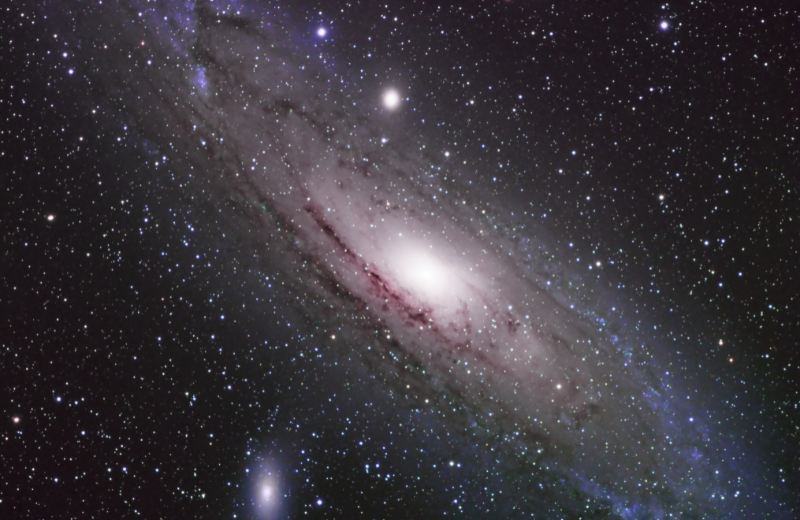
Andromeda is home to the Andromeda Galaxy, the nearest spiral galaxy to the Milky Way and the most distant object visible to the naked eye. The constellation itself represents the princess Andromeda, who was chained to a rock as a sacrifice to a sea monster.
Best Time to View: Andromeda is best seen in autumn and winter.
7. Pegasus
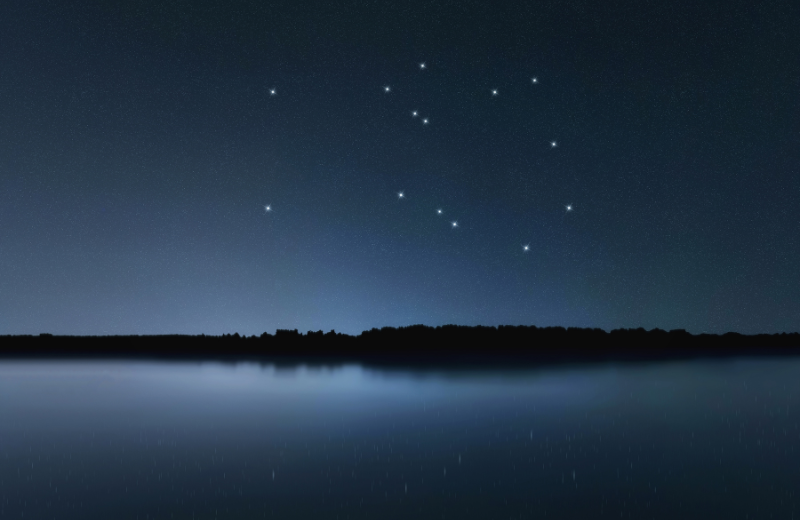
Pegasus, the winged horse, is one of the largest constellations in the northern sky. Its Great Square is a useful landmark, consisting of four stars that form a large square. Pegasus is associated with various myths and is often linked to Andromeda in the night sky.
Best Time to View: Pegasus is best seen in autumn.
8. Hercules
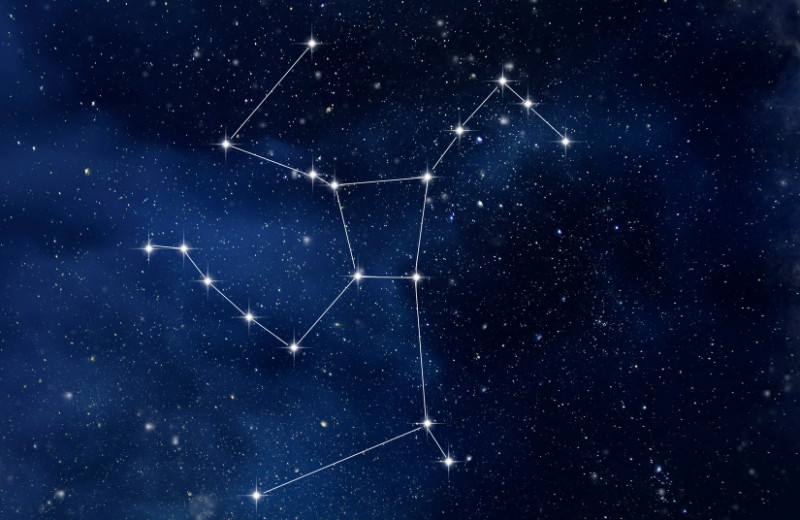
Hercules, the hero, is depicted kneeling in the sky. Though its stars are not the brightest, the constellation's size makes it significant. Hercules contains the Great Hercules Cluster, a globular cluster visible with binoculars.
Best Time to View: Hercules is best seen in summer.
9. Lyra
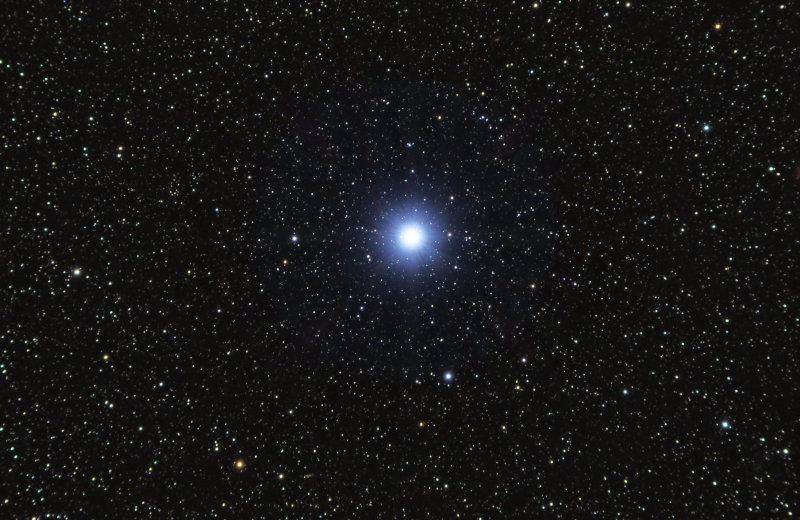
Lyra contains Vega, one of the brightest stars in the northern sky. This constellation represents the lyre of Orpheus, the mythical musician whose music could charm even inanimate objects. Lyra is a small but prominent constellation in the summer sky.
Best Time to View: Lyra is best seen in summer.
10. Cygnus (The Swan)
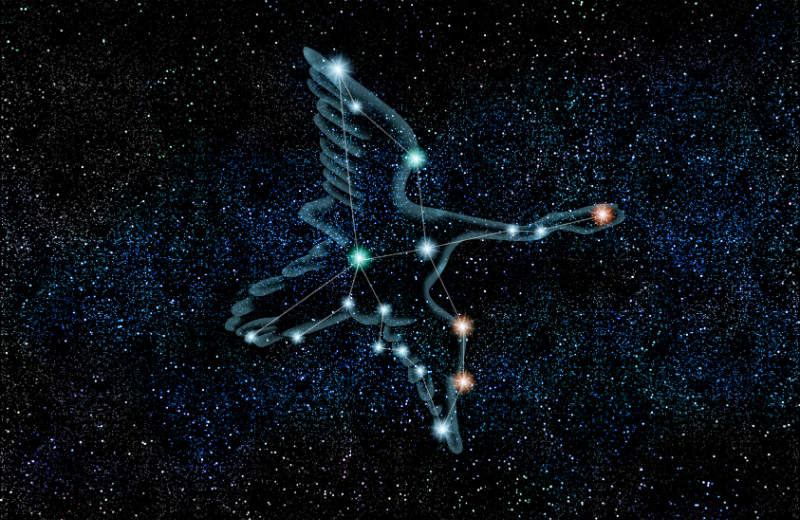
Cygnus is also known as the Northern Cross. Its main star, Deneb, is part of the Summer Triangle asterism. Cygnus represents a swan flying down the Milky Way and is rich in interesting stars and deep-sky objects.
Best Time to View: Cygnus is best seen in summer and autumn.
11. Aquila (The Eagle)
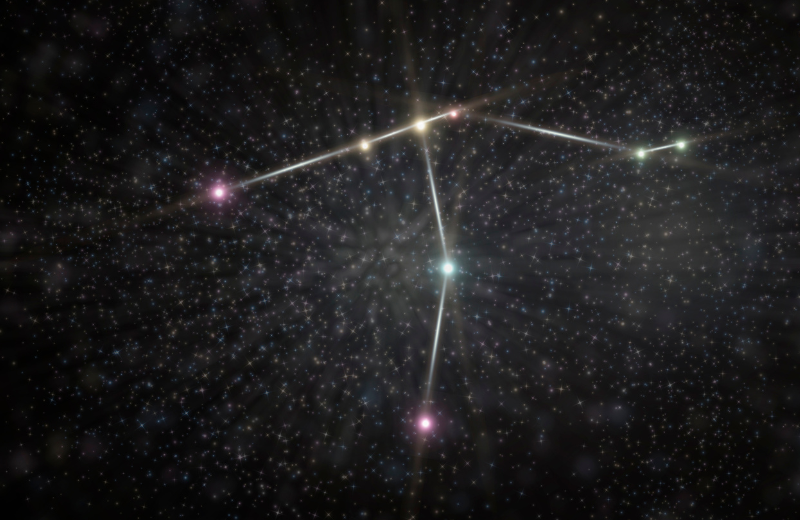
Aquila is home to Altair, another star in the Summer Triangle. It represents the eagle that carried Zeus's thunderbolts in Greek mythology. Aquila is prominent in the summer and autumn sky.
Best Time to View: Aquila is best seen in summer and autumn.
12. Sagitta (The Arrow)
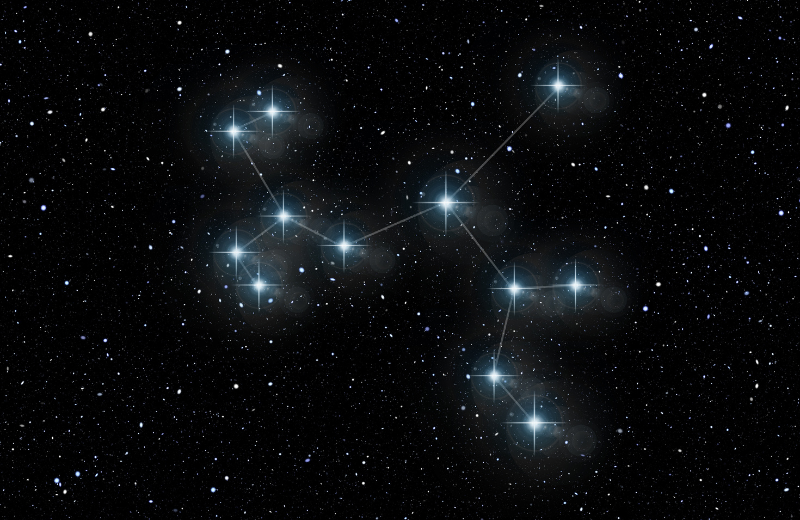
Sagitta is a small constellation, representing an arrow. Despite its size, it's quite easy to find near Aquila. This tiny constellation is one of the 48 constellations listed by the 2nd-century astronomer Ptolemy.
Best Time to View: Sagitta is best seen in summer.
13. Vulpecula (The Little Fox)
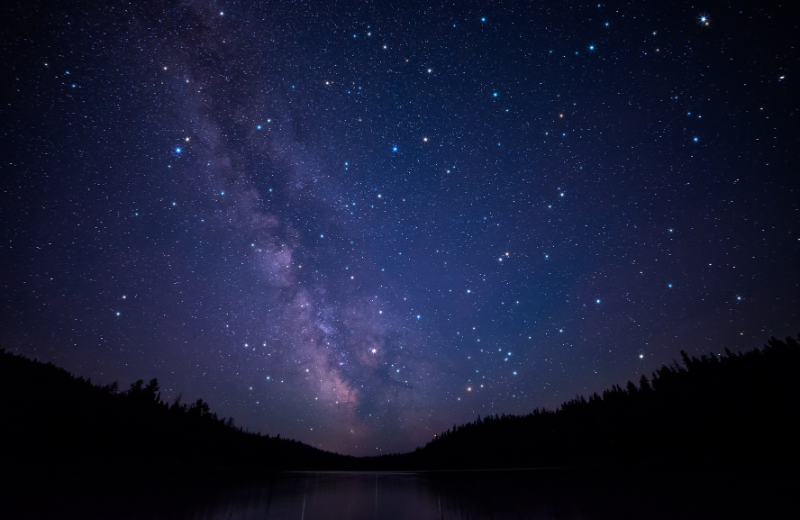
Vulpecula is another small constellation. It contains the famous Dumbbell Nebula, a planetary nebula visible with binoculars. Vulpecula lies near the Summer Triangle and represents a little fox.
Best Time to View: Vulpecula is best seen in summer.
14. Delphinus (The Dolphin)
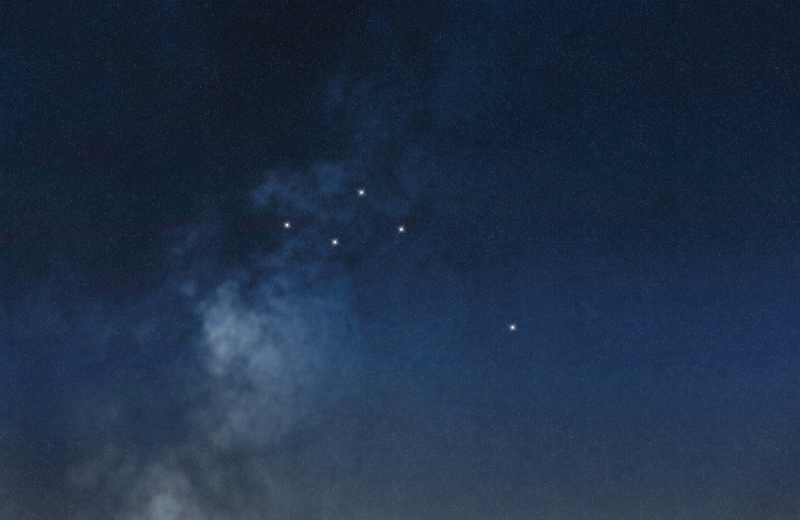
Delphinus is a small, charming constellation resembling a dolphin. It's located near the Summer Triangle and is easy to identify due to its distinctive shape. Delphinus represents the dolphin sent by Poseidon to find his future queen, Amphitrite.
Best Time to View: Delphinus is best seen in summer and autumn.
15. Equuleus (The Little Horse)
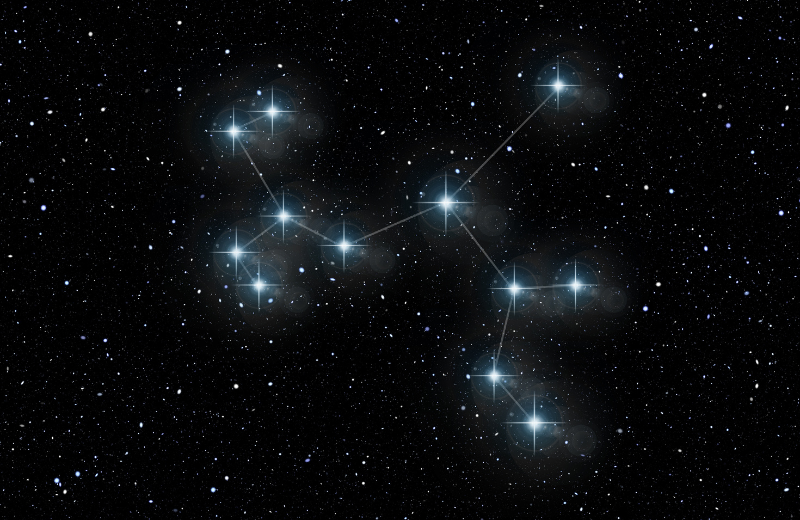
Equuleus is the second smallest constellation, representing a little horse. Despite its size, it has a rich history in mythology and is often associated with Pegasus.
Best Time to View: Equuleus is best seen in autumn.
16. Auriga (The Charioteer)
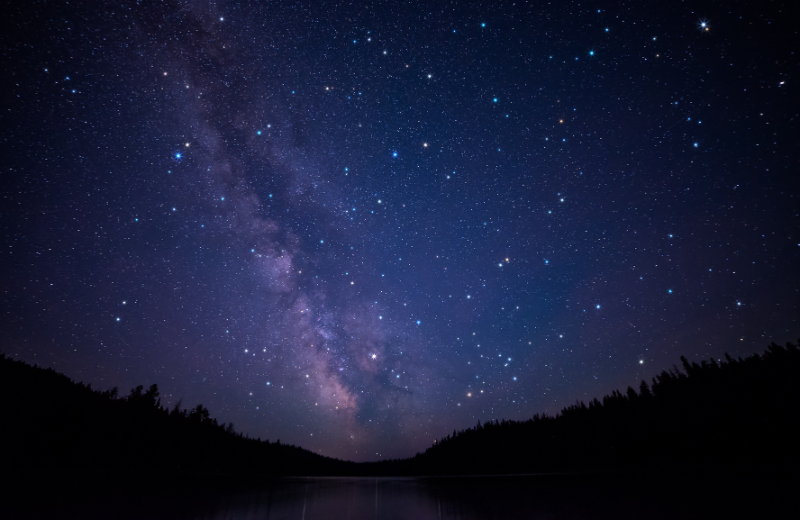
Auriga is home to Capella, one of the brightest stars in the northern sky. This constellation is visible during winter in the Northern Hemisphere and is shaped like a pentagon. Auriga is associated with the mythological charioteer, often linked to the story of Erichthonius of Athens.
Best Time to View: Auriga is best seen in winter.
17. Perseus
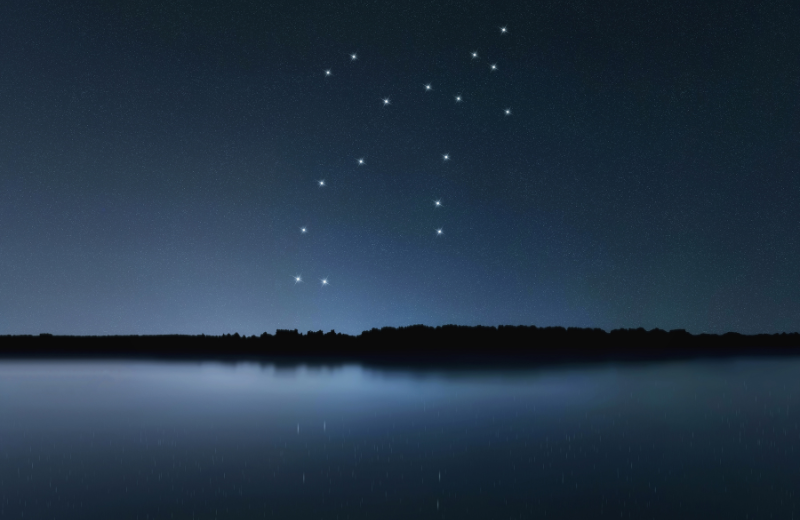
Perseus contains the famous variable star Algol, also known as the Demon Star, and the Perseus Cluster, a group of galaxies. It's best seen in autumn and winter. Perseus represents the Greek hero who saved Andromeda from the sea monster.
Best Time to View: Perseus is best seen in autumn and winter.
18. Triangulum
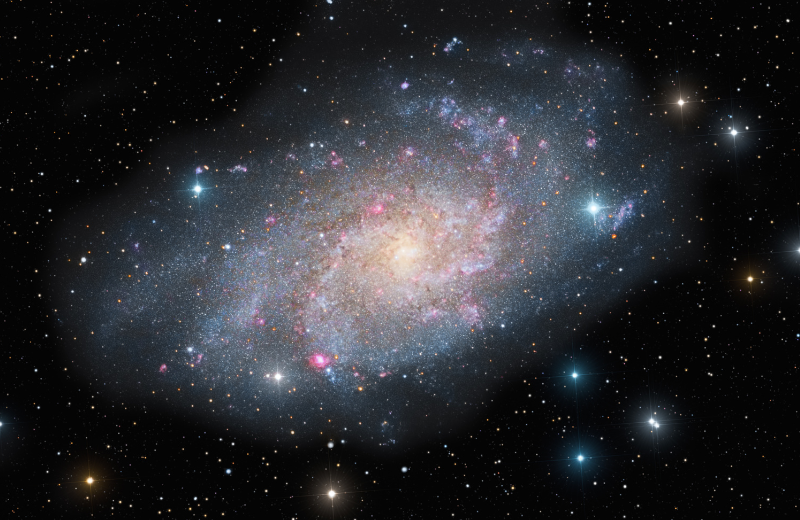
This small constellation represents a triangle. It's notable for containing the Triangulum Galaxy, a member of the Local Group of galaxies. Triangulum is one of the oldest constellations, with origins tracing back to ancient Mesopotamia.
Best Time to View: Triangulum is best seen in autumn.
19. Aries (The Ram)
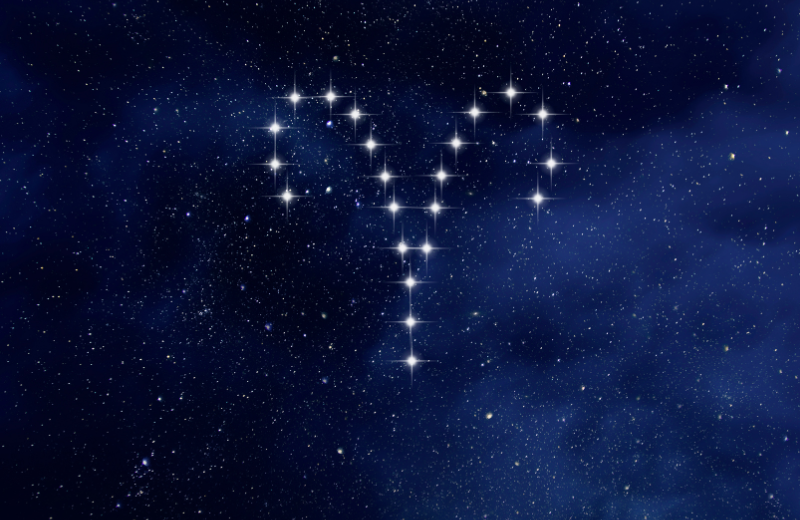
Aries is one of the zodiac constellations, visible in autumn. It represents the ram with the Golden Fleece, sought by Jason and the Argonauts in Greek mythology. Aries is a relatively faint constellation but plays a significant role in astrology.
Best Time to View: Aries is best seen in autumn.
20. Taurus (The Bull)
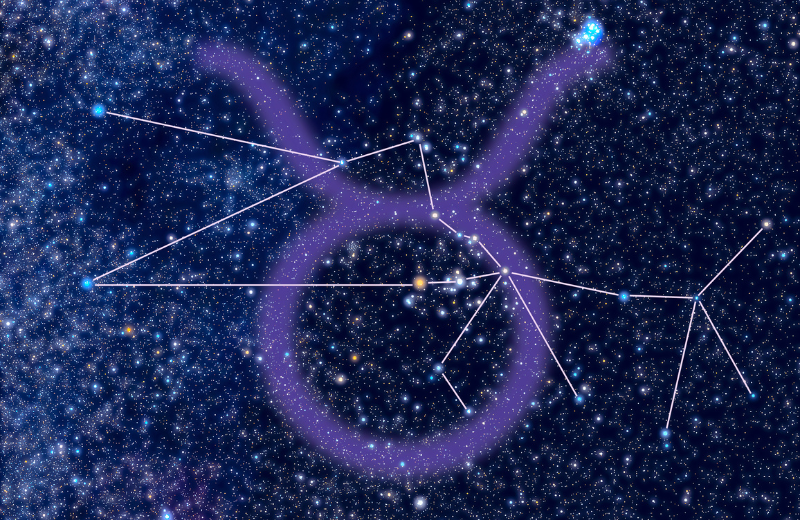
Best Time to View: Taurus is best seen in winter.
21. Gemini (The Twins)
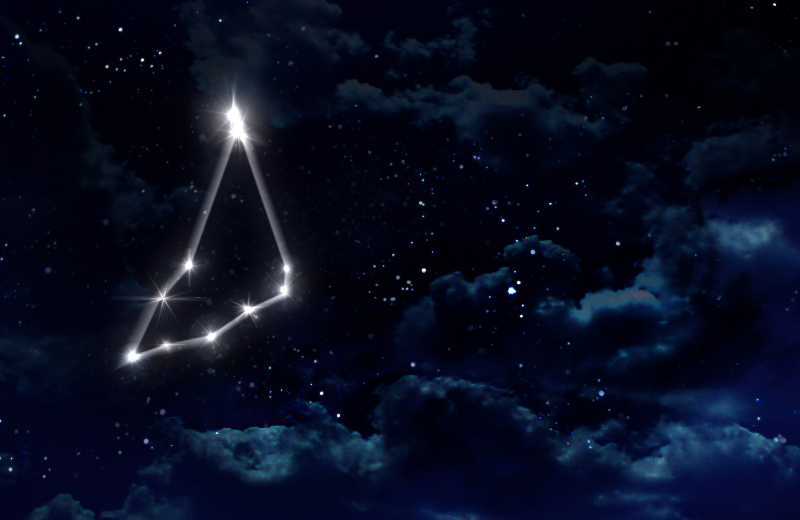
Gemini, representing the twins Castor and Pollux, is best seen in winter. Its two brightest stars are named after the twins. Gemini is a prominent constellation that lies near Orion and includes several notable deep-sky objects.
Best Time to View: Gemini is best seen in winter.
22. Cancer (The Crab)
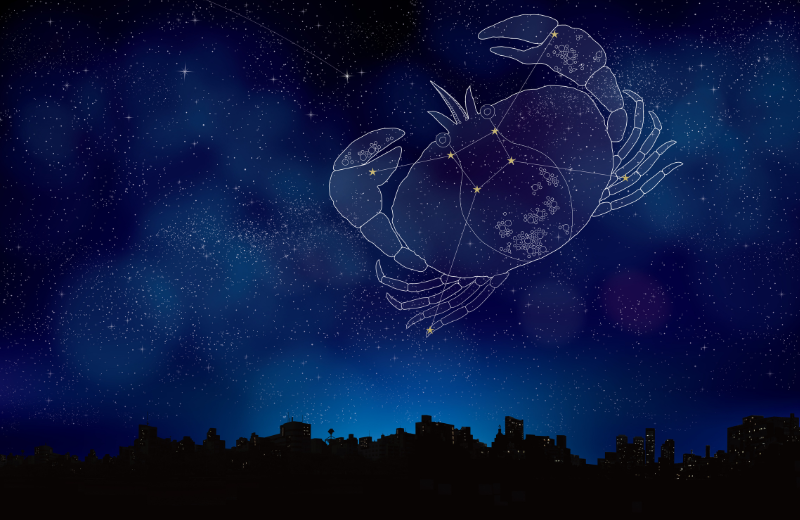
Best Time to View: Cancer is best seen in spring.
23. Leo (The Lion)
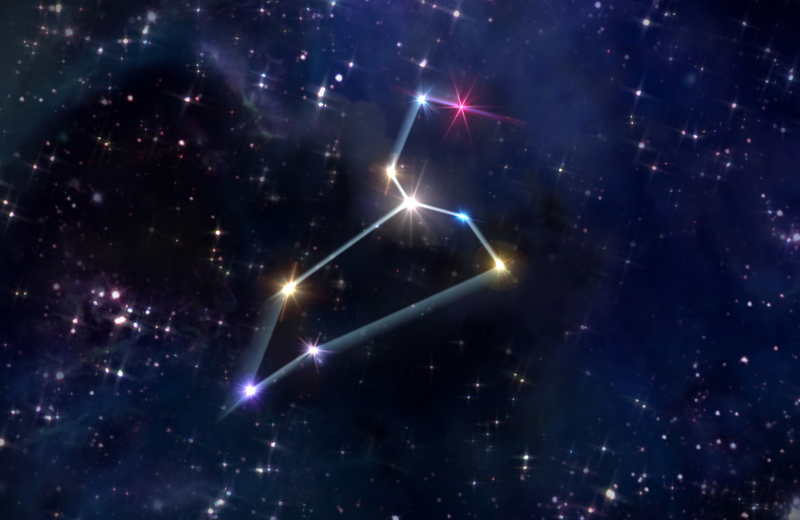
Leo is a prominent spring constellation. Its bright star, Regulus, is easy to spot and marks the lion’s heart. Leo is associated with the Nemean Lion, slain by Hercules as one of his twelve labours.
Best Time to View: Leo is best seen in spring.
24. Virgo (The Maiden)
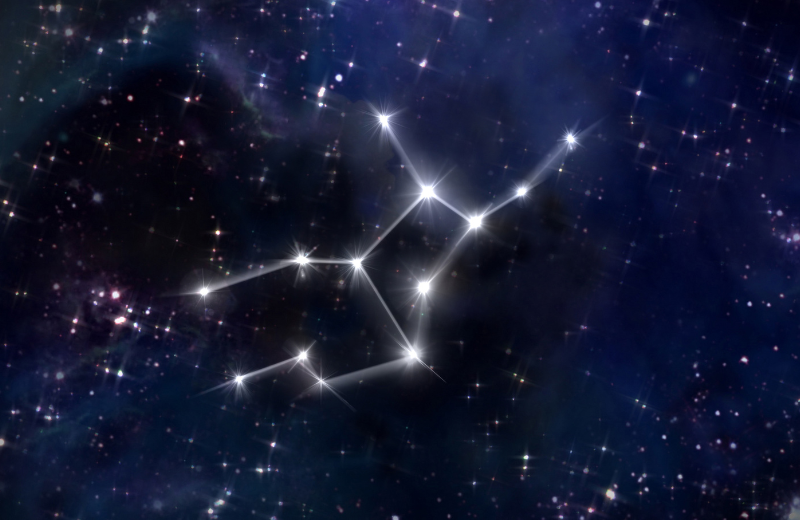
Best Time to View: Virgo is best seen in spring.
25. Bootes (The Herdsman)
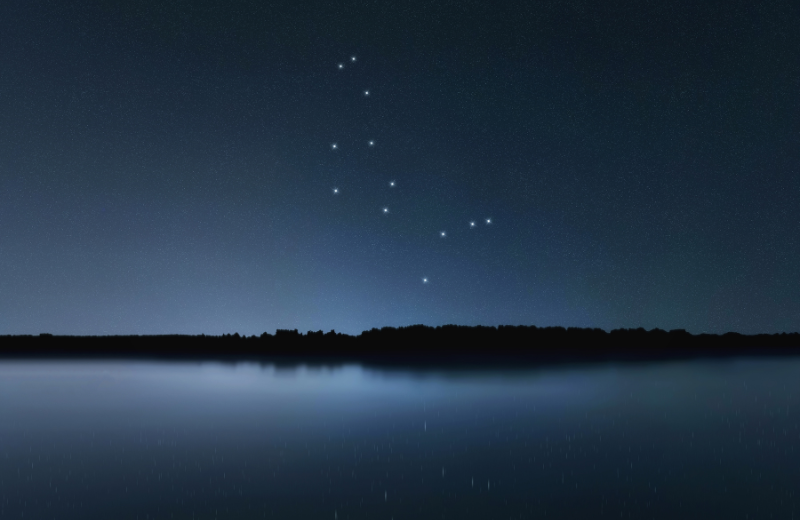
Bootes is known for its bright star Arcturus, one of the brightest stars in the northern sky. Bootes represents a herdsman or ploughman and is seen chasing the Great Bear around the North Pole.
Best Time to View: Bootes is best seen in spring.
26. Canes Venatici (The Hunting Dogs)
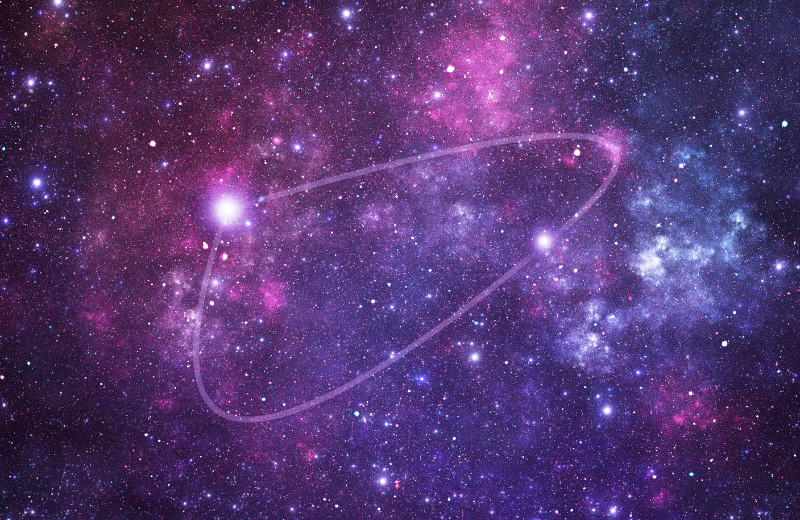
This small constellation contains the Whirlpool Galaxy and is easy to locate near Ursa Major. Canes Venatici represents the hunting dogs of Bootes, following their master through the sky.
Best Time to View: Canes Venatici is best seen in spring.
27. Coma Berenices (Berenice’s Hair)
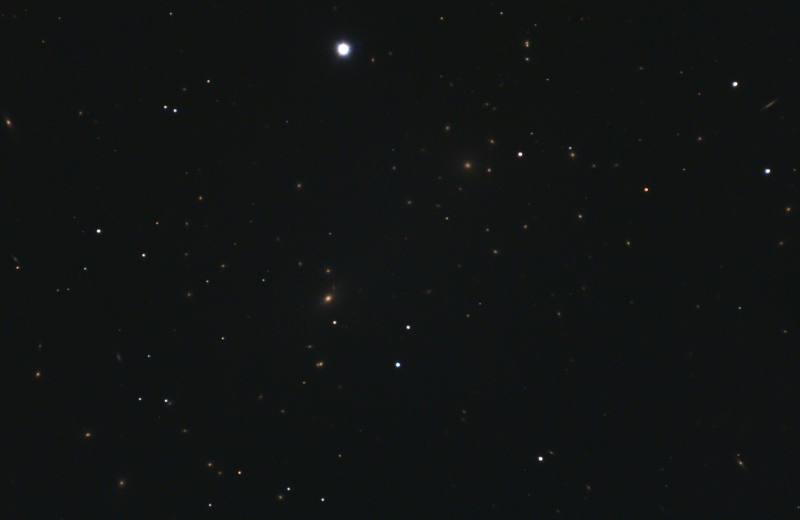
Coma Berenices is a faint constellation but notable for its rich star clusters. It represents the hair of Queen Berenice II of Egypt, who sacrificed her locks to ensure her husband's safe return from war.
Best Time to View: Coma Berenices is best seen in spring.
28. Corona Borealis (The Northern Crown)
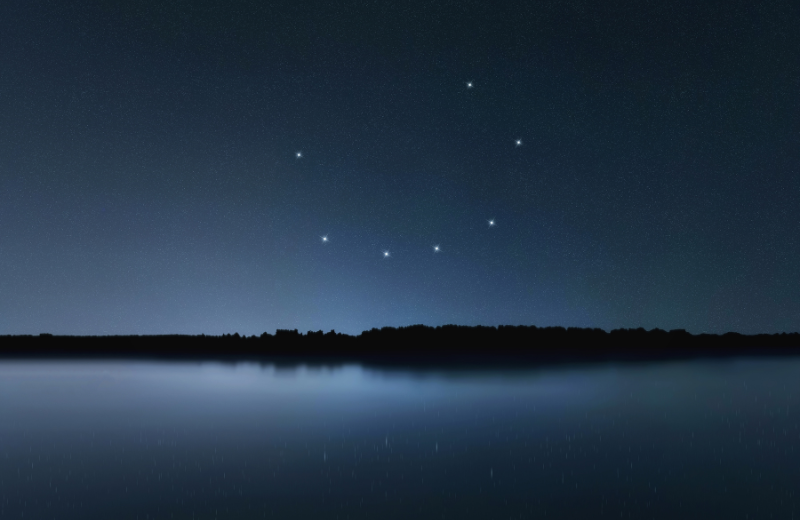
Corona Borealis is a small, semi-circular constellation representing a crown. It’s associated with the myth of Ariadne, who received the crown from Dionysus and placed it in the sky.
Best Time to View: Corona Borealis is best seen in summer.
29. Libra (The Scales)
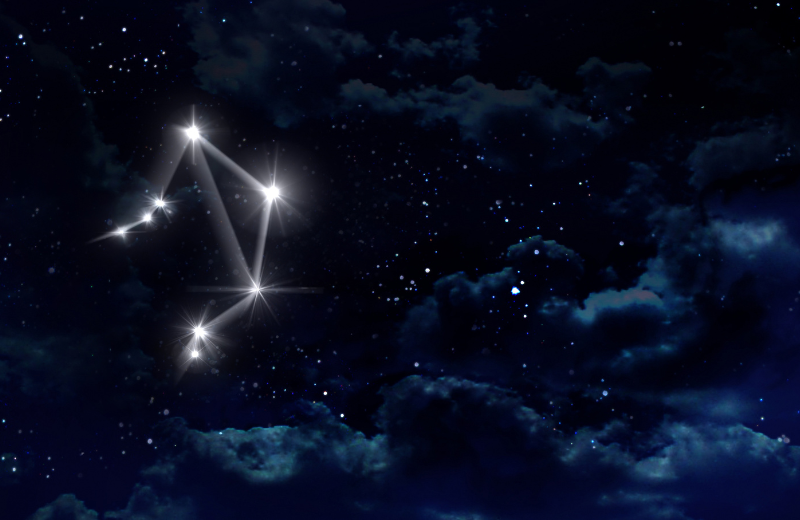
Libra is a zodiac constellation visible in spring and early summer, representing the scales of justice. It’s the only zodiac constellation symbolising an inanimate object and is associated with balance and fairness.
Best Time to View: Libra is best seen in spring.
30. Scorpius (The Scorpion)

Scorpius is best seen in summer, although mostly visible in the southern sky. It contains Antares, a red supergiant star. In mythology, Scorpius is the scorpion sent by Gaia to kill Orion.
Best Time to View: Scorpius is best seen in summer.
31. Ophiuchus (The Serpent Bearer)
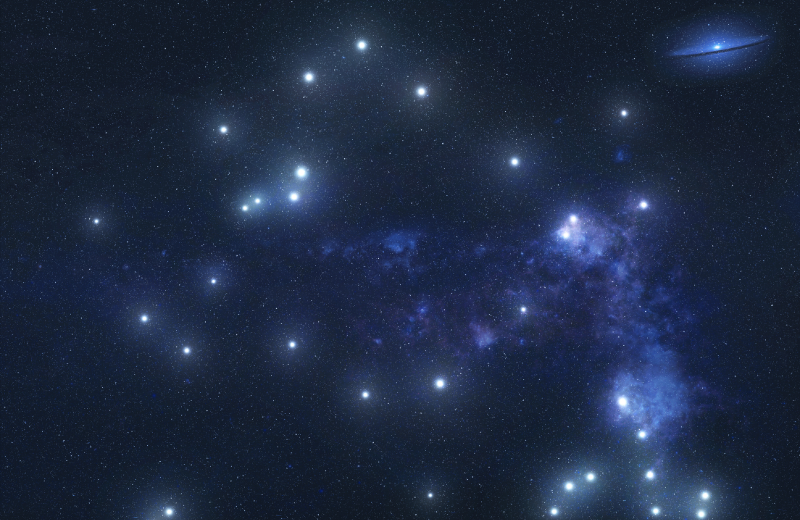
Ophiuchus, though large, is not well-known. It’s unique for having a star that is a source of significant X-ray radiation. Ophiuchus represents Asclepius, the healer, often depicted holding a serpent.
Best Time to View: Ophiuchus is best seen in summer.
32. Sagittarius (The Archer)
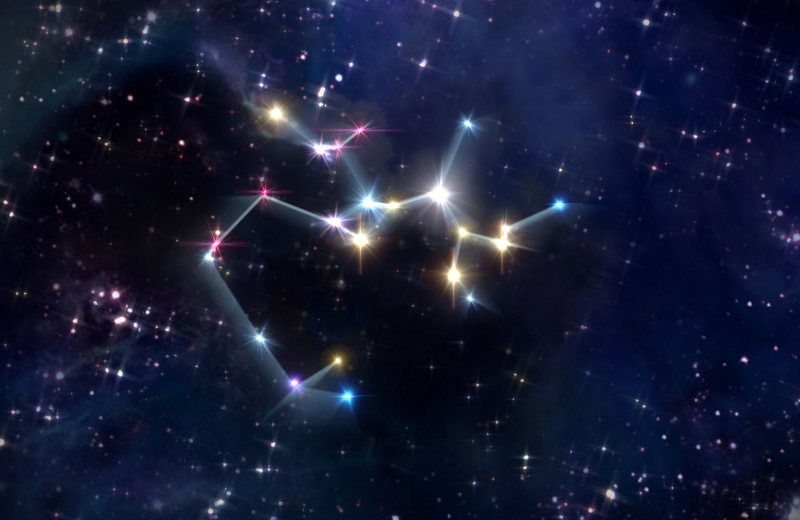
Sagittarius is a summer constellation, pointing towards the centre of the Milky Way. It represents the archer, often associated with the centaur Chiron in Greek mythology. The constellation includes the Teapot
Best Time to View: Sagittarius is best seen in summer.
33. Capricornus (The Sea Goat)
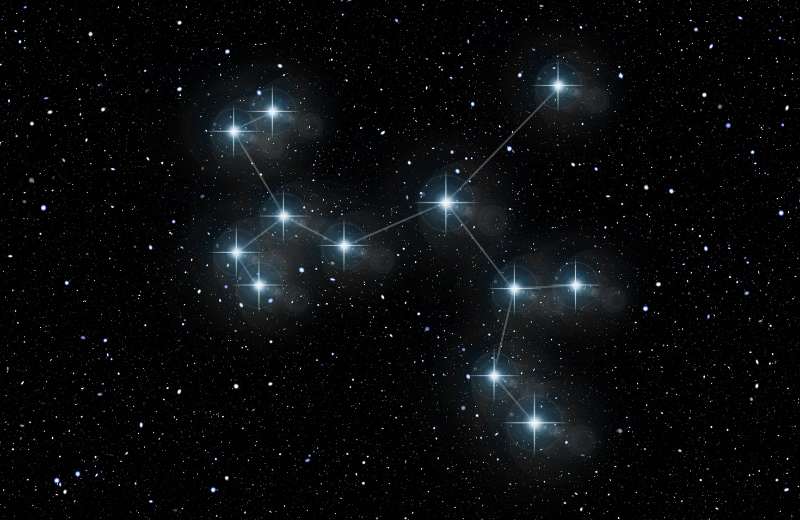
Capricornus, another zodiac constellation, is best seen in late summer and autumn. It represents a mythical creature that is part goat and part fish, symbolising the god Pan in Greek mythology. Capricornus is relatively faint but can be found near the brighter constellation of Aquarius.
Best Time to View: Capricornus is best seen in late summer and autumn.
34. Aquarius (The Water Bearer)
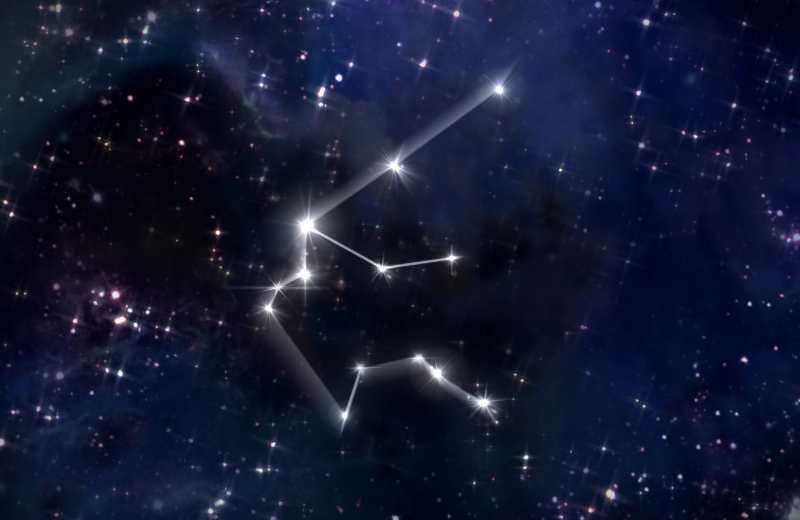
Aquarius is visible in autumn and contains several globular clusters. This constellation represents Ganymede, the cupbearer to the gods in Greek mythology. Its location in the sky is rich with star clusters and nebulae, making it interesting for telescope observations.
Best Time to View: Aquarius is best seen in autumn.
35. Pisces (The Fish)
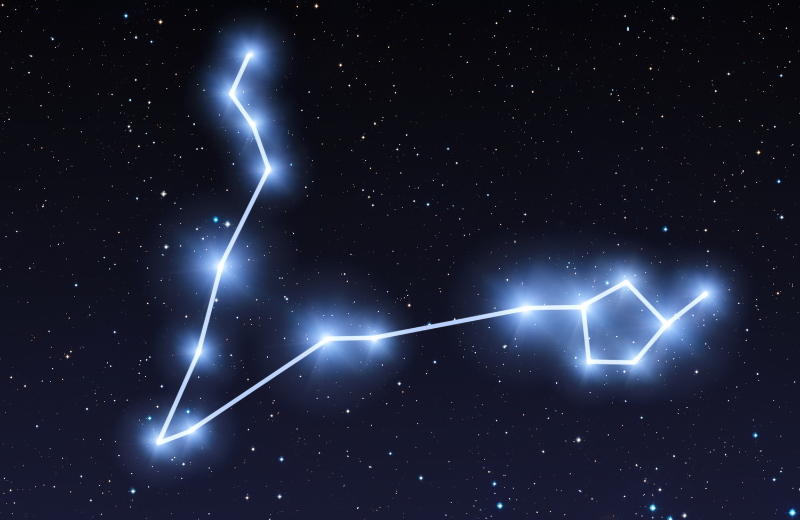
Best Time to View: Pisces is best seen in autumn.
Tips for Stargazing in the Northern Hemisphere
Stargazing can be a truly magical experience, allowing you to connect with the vastness of the universe. To make the most of your stargazing adventures, here are some helpful tips tailored for those in the Northern Hemisphere.
When to Look
The best time to view these constellations is on a clear night away from city lights. Light pollution from urban areas can significantly hinder your ability to see stars, so find a dark location, such as a rural area or a designated dark sky park.
Each season offers a different set of constellations, so make sure to check which constellations are visible during your stargazing sessions. In autumn, look for constellations like Pegasus and Andromeda, while winter reveals Orion and Taurus. Spring brings out Leo and Virgo, and summer showcases Hercules and the Summer Triangle.
Using a Star Map
A star map or an app can be incredibly helpful in locating constellations. These tools will guide you in real time, making it easier to find and identify constellations. There are several excellent stargazing apps available that use your phone’s GPS to show you a live map of the night sky. Simply point your device at the sky, and the app will help you identify stars, planets, and constellations.
Physical star maps, often available in astronomy books or online, are also valuable, especially for those who prefer a hands-on approach.
Patience and Practice
Stargazing requires patience. Allow your eyes to adjust to the darkness, which can take about 20-30 minutes, and take your time scanning the sky. Over time, you'll become more familiar with the patterns and positions of different constellations.
Start with the more prominent constellations like Ursa Major or Orion, which are easier to spot, and gradually move on to the less obvious ones. Practice regularly, and soon you’ll be able to identify many constellations and even some of their individual stars. Remember, the more you observe, the more details you’ll notice, making each stargazing session a unique experience.
Recommended for you!
Best SellersCommon Questions about Northern Hemisphere Constellations
What are some of the easiest constellations to spot in the Northern Hemisphere?
Some of the easiest constellations to spot in the Northern Hemisphere include Ursa Major (the Great Bear), which contains the Big Dipper, Cassiopeia with its distinctive W or M shape, and Orion with its bright stars and recognisable belt.
Can you see the Southern Hemisphere constellations from the Northern Hemisphere?
Most Southern Hemisphere constellations cannot be seen from the Northern Hemisphere. However, some constellations near the celestial equator, like Orion, can be seen from both hemispheres during different times of the year.
What constellations are visible in the Northern Hemisphere during autumn?
During autumn, constellations like Pegasus, Andromeda, and Perseus are prominently visible in the Northern Hemisphere. These constellations provide excellent targets for both naked-eye observations and telescopic views.
Which constellations are visible in the Northern Hemisphere year-round?
Ursa Minor, which contains Polaris (the North Star), is visible year-round in the Northern Hemisphere. This constellation remains in the sky at all times due to its proximity to the celestial pole.
Are the constellations in the Northern Hemisphere the same as those seen from the Southern Hemisphere?
The constellations seen in the Northern Hemisphere differ from those in the Southern Hemisphere. While some constellations near the celestial equator can be seen from both hemispheres, many are unique to each hemisphere.
What is the best time to view constellations in the Northern Hemisphere?
The best time to view constellations in the Northern Hemisphere is on a clear night, away from city lights. Different constellations are visible in different seasons, so check which constellations are prominent during your stargazing session.
Can you see the Big Dipper in the UK?
The Big Dipper, which is part of Ursa Major, is visible in the UK. It is one of the most recognisable asterisms in the Northern Hemisphere and serves as a useful guide for locating other constellations.
What is the Little Dipper called in the UK?
In the UK, the Little Dipper is often referred to as "The Little Plough." This constellation is part of Ursa Minor and includes Polaris, the North Star.
Which is the largest constellation in the Northern Hemisphere?
The largest constellation in the Northern Hemisphere is Ursa Major. This prominent constellation is easily recognisable and contains the well-known asterism, the Big Dipper.
What is the significance of Polaris in the Northern Hemisphere?
Polaris, also known as the North Star, is significant because it is almost directly above the North Pole. This makes it an important navigational star, as it remains nearly stationary in the sky, indicating true north.
How do the constellations change with the seasons in the Northern Hemisphere?
As the Earth orbits the Sun, the night sky changes, making different constellations visible at different times of the year. For example, Orion is prominent in winter, while Scorpius is best seen in summer.
Can you see Alpha Centauri from the Northern Hemisphere?
Alpha Centauri, the closest star system to the Solar System, is not visible from the Northern Hemisphere. It is located in the constellation Centaurus, which is only visible from the Southern Hemisphere.
Do Australians see the same stars as those in the UK?
Australians see different stars and constellations compared to those in the UK. The Southern Hemisphere offers a different set of constellations, such as the Southern Cross, which is not visible from the Northern Hemisphere.
Study Astronomy for £29
If you want to learn more about the stars, we offer an Astronomy Diploma Course that will take your knowledge to new heights. For a limited time, you can enrol for just £29!













